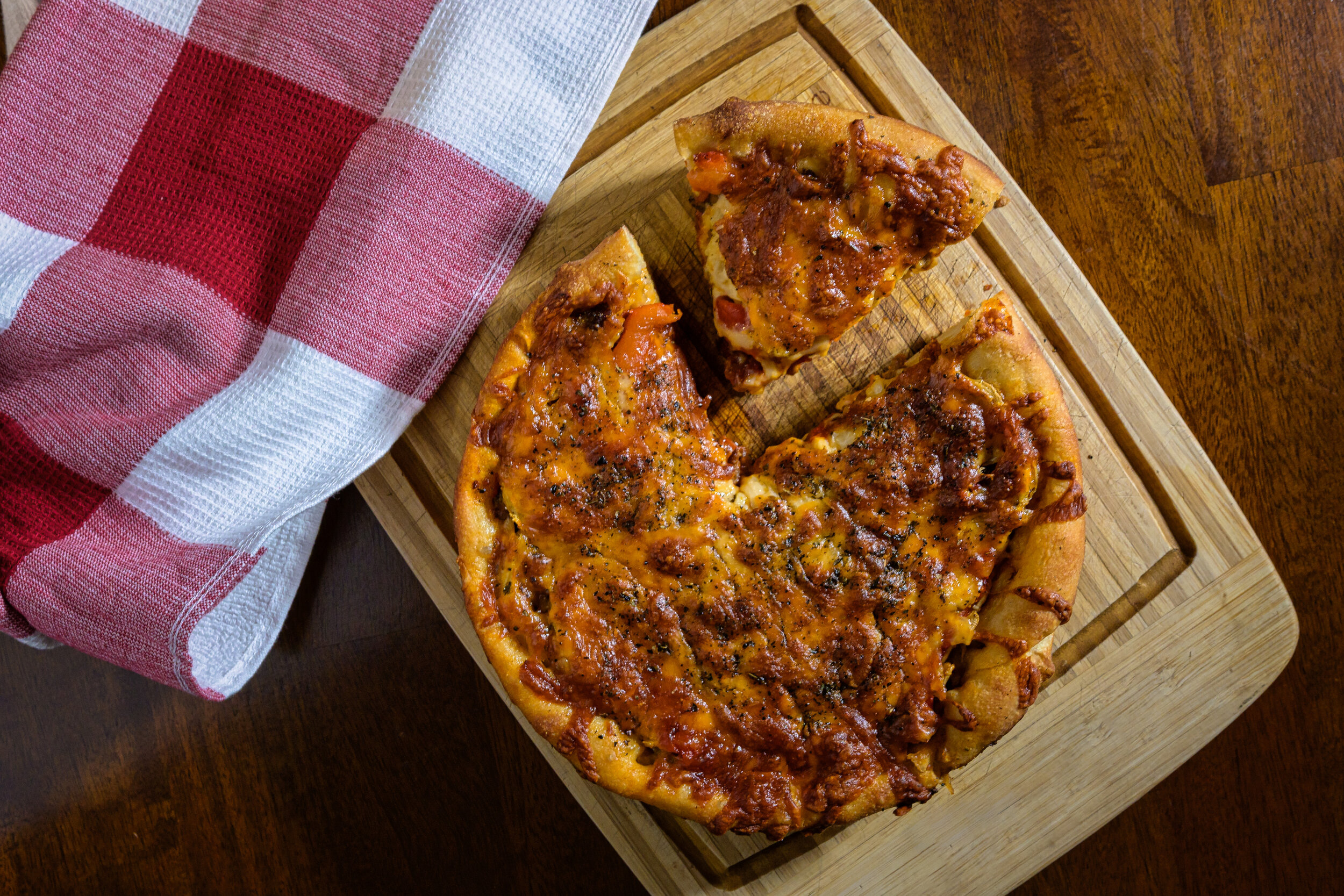“Cast iron is so superior for cooking utensils to our modern aluminum that I not only cannot grieve for the pioneer hardship of cooking in iron over the hearth, but shall retire if necessary to the back yard with my two Dutch ovens, turning over all my aluminum cookers for airplanes with a secret delight.”
— Majorie Kinnan Rawlings (1942)
Meet stainless steel pans’ big brother, the cast iron, low-maintenance pans that could be used anywhere and could handle any heat including the shooting daggers of your mother-in-law’s eyes.
Cast-iron cookware was popular during the first half of the 20th century since it was cheap and durable and most American households could own at least one cooking pan. With the introduction of Teflon-coated nonstick cookware, cast iron fell out of favor in the 1960s and 1970s leading to its manufacturers either going out of business or getting bought out by larger cookware companies. However, cast iron’s reliability and longevity combined with newfound scarcity turned it into a treasure passed down from mothers to daughters along with the rest of the family heirloom thus transforming a sad ending to one of survival and a highly esteemed and sought-after item by antique collectors. In recent times there has been a resurgence of interest and availability of cast iron in the market giving us an opportunity to revisit some of our commonplace recipes to find a curious new twist.
As a high-heat high-reward heavy metal alloy this bad boy absorbs heat well, retains it, and distributes it evenly across the length and width of cookware. It allows for a more even and long slow temp rise to develop maximum flavors from all your toppings, it never burns and cleans up much better. So, ask your single-use pizza stone to either step up or step aside, because there is a new sheriff in town and you really don’t need a pizza oven to make the best pizza at home.
Cast iron pans are a dream come true for pizzaterians (who isn’t?) who prefer a Focaccia or Ciabatta style pizza crust, thick and crispy enough to handle two inches of toppings. Enjoy today’s pizza featuring Italian sausage, smoked gouda, roasted red bell peppers, and fresh fennel. Keep in mind size matters (ahem) and the smaller the pan (8 or 9″ skillet) the thicker your crust. If you prefer thinner crusts use a 12” pan, and if your pan isn’t seasoned well sprinkle it with a bit of flour and cornmeal to keep the crust from sticking. Allow to cool properly to have it easily flop out of the pan for a perfectly shaped pan pizza. Now, slice that baby.
Cheers.
